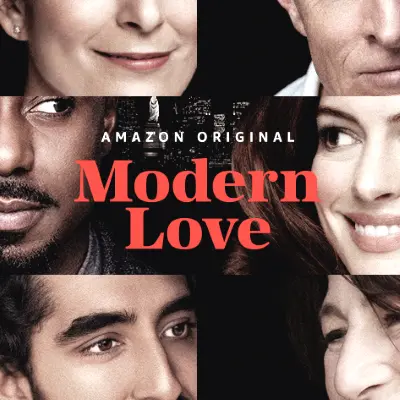Modern Love flattens what makes The New York Times column so engrossing
-

"The medium itself is to blame—essays in Modern Love are afforded time and space to establish its protagonists, their conflicts, and a conclusion that satiates the reader—not only because fans of love stories typically crave some moral lesson or happy ending, but because the series is known for it," says Maria Sherman. "Taking those sweet tales of love and translating them on screen only ends up flattening them, as if the whole world of these characters can fit neatly into 30-minute episodes. Modern Love, the television show, dedicates each episode to one person, like a visual anthology, which isn’t enough time to consume the story. What’s impactful online or in print fails to translate on screen because none of these characters are sketched out. Modern Love is a column that relies on readers’ emotional attachment to its authors and their predicaments; the show denies them that attachment."
ALSO:
- A deeper look into Modern Love's rhythms reveals a narrow understanding of love and who experiences its ebb and flow: "Even with a glitzy cast that includes the likes of Anne Hathaway, Catherine Keener, Tina Fey, and John Slattery, Modern Love fails to enchant, or even to muster up much genuine feeling," says Angelica Jade Bastién. "Ultimately, it’s an aesthetically and narratively empty enterprise that confuses treacly, saccharine gestures with a complex understanding of interpersonal relationships. The major hurdle to connecting with Modern Love is that the characters have the depth of a thimble. The show inadvertently demonstrates the limits of what a good actor can do with bad material, which is not as much as you might hope — especially on a show that insists on holding the audience’s hands with a score full of gentle guitar strumming, an overreliance on montage and voice-over as a shortcut to character development, and grating expository dialogue."
- Modern Love had the chance to build upon The New York Times’ original essays: But to its detriment, the show adapted them as faithfully as possible, yielding mostly dull interpretations
- Sharon Horgan had to get over her Tina Fey worship for Modern Love: "I have been in awe of Tina for years and her biggest, borderline-psycho fan"
- Why Dev Patel is so appealing in Modern Love: He radiates warmth and beauty, like an expensive candle
TOPICS: Modern Love, Prime Video, Sharon Horgan, Tina Fey, The New York Times
More Modern Love on Primetimer:
